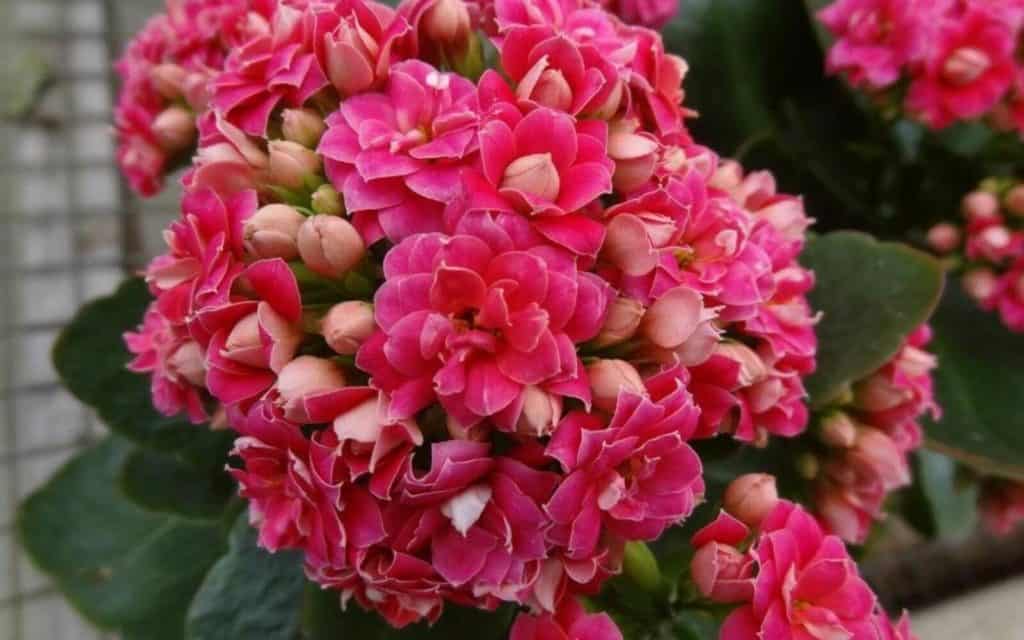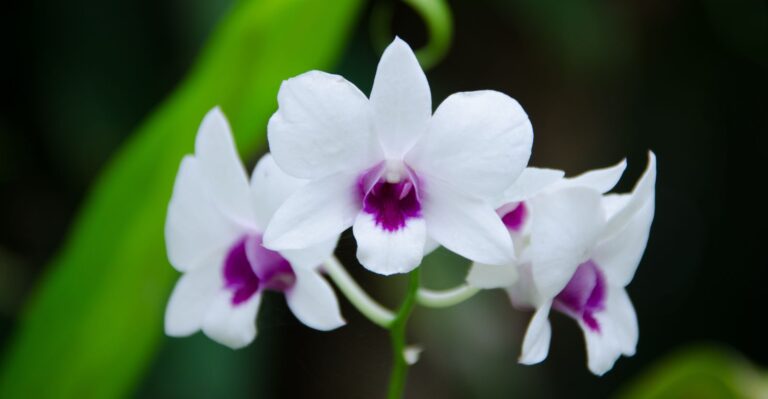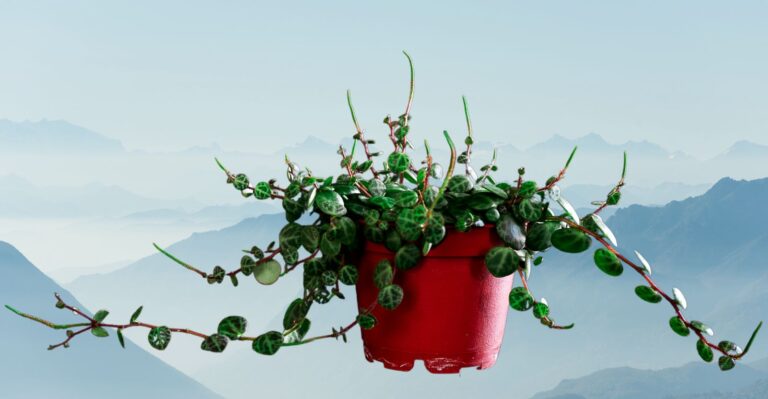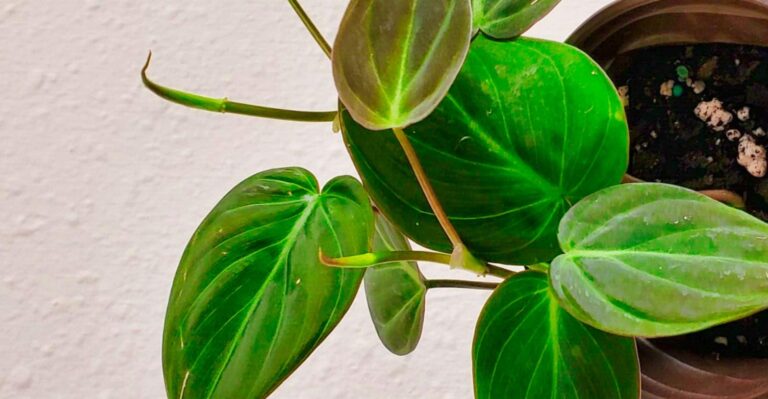Amazon has put together some great Home Gift Deals – save money and get your shopping done at the comfort of your home! Click here to see deals on Amazon
A Calandiva succulent plant is an excellent option for those who love ornamental plants but want an easy-care houseplant that blooms in the late winter and spring. Like its Kalanchoe genus, the Calandiva plant is a native of Madagascar, but it’s much easier to grow and care for.
Calandiva (Kalanchoe blossfeldiana) is a perennial plant, but many people grow them as annuals. In more temperate regions, it’s typically grown for its bright green foliage and abundant blooming. It grows best in the plant hardiness zones 10 to 15.
This plant is also succulent, meaning it has thick, fleshy green leaves that store water. The thick leaves also help protect the plant from harsh winter weather. If you want to protect your home from the winter doldrums and are looking for a low-maintenance houseplant that loves the sun, the Calandiva succulent plant is perfect for you.
How big does a Calandiva get?
Calandivas are large, colorful, and fascinating plants belonging to the Kalanchoe succulent family. They’re a slow-growing plant that can reach up to 20 inches (50 cm) tall. It’s an excellent plant for beginners because it’s small, grows fast, and is suitable for indoor cultivation.
It blooms rose-like flowers that come in different colors. The Calandiva’s width can also be quite substantial, typically about 5 to 8 cm across. Calandiva plants grow in pots up to 18 inches (45 cm) tall and 12 inches (30 cm) wide.
Compared to Kalanchoe species plants with four-petaled flowers, the Calandiva blooms 32 petals flower buds. Most Calandivas sold at garden centers are bred to cultivate with thicker, double flowers instead of single flower heads that are only a few inches wide. They’re known, among other names, like the Rosebud Kalanchoe.

How do you take care of the Calandiva plant?
Calandiva is a popular low-maintenance plant that is hard to kill and easy to take care of, even as outdoor plants. They’re trendy in the home and office decor. Succulent plants are known to have a lifespan of 5–10 years. There are unique ways to take care of them, and they will remain flourishing as long as you take good care of them.
Here are some common questions people have when they’re growing Calandiva.
What soil works best for the Calandiva?
The Calandiva isn’t very picky about its soil. However, certain conditions are essential for this drought-tolerant plant to thrive. The ground should have slightly acidic or neutral soil, be well drained, don’t be too moist, and must not be too dry. You can create a well-draining soil mix by mixing the moist soil with sand, peat moss, and perlite.
When you’re planting it outdoor, a location with good drainage works best, but if that’s not possible, a place with a bit of shade is suitable. Also, the soil must be kept evenly moist. Springtime is an excellent time for you to apply organic compost, as it’ll boost the richness of the ground and other materials necessary for Calandiva growth.
Using a mixture of succulent and cactus soil with organic matter would be a good idea. Potting soil also works well, but it’s harder to keep it dry, so it’s best to mix a bit of pumice or perlite.
How often do you water Calandiva?
The right amount of watering is vital for Calandiva’s overall health. The ideal watering schedule for Calandiva is once a week or every other week. Make sure to water the plant only as needed.
If you water too often, plant roots will rot before they start to develop. It’s best to keep an eye on moisture levels to prevent fungal growth or powdery mildew.
I water my Calandiva every 2-weeks depending on how dry it stays, the light intensity, and the pot’s size. I don’t let it dry completely, but I allow it to remain moist.
I like to water it a bit more while it flowers and let it drain excess water through the pot’s drainage hole. Leave the soil dry between watering until the upper inch (2.5 cm) has absorbed all the water.
Let the container have excess water drain out of the bottom hole. Soak the soil up to 6 to 6.5 inches (15 to 18 cm) deep when planting outdoors.
Insert a forefinger into the potting mix to test if your indoor plant needs watering. If the soil is dry, you can thoroughly water the plant. Remember that this plant relies on air and water for healthy growth, so it’s crucial to maintain the best humidity levels between 45 and 55 percent.
If the humidity levels fall too low, you can spray the plant with a mister during hot spells or place a tray of pebbles or rocks near the plants and water it.
How much fertilization does Calandiva need?
Calandiva is a vigorous and healthy, self-sufficient plant that doesn’t need a lot of fertilization to develop appropriately. However, you can fertilize indoor potted Calandiva with a half-strength liquid fertilizer during its growing season that lasts from spring through fall.
You can fertilize it once a year in the spring with a half-strength fertilizer dose when planted outdoors. You can encourage plant growth by applying a balanced fertilizer monthly during the growing season.
Many people grow Calandiva as short-term blossoming plants. I fertilize my Calandiva using a balanced fertilizer like 10-10-10. But you should avoid fertilization toward the end of the late winter as during that time, it rests.
How much light does the Calandiva need?
You need to have a lot of light to grow the Calandiva, but it’s not a very demanding plant. You can grow it in indirect sunlight shade, but they will grow faster in a sunny location. It needs at least 6 hours of sunlight per day to grow.
When planting it indoors, you need to ensure that it won’t spend too much time in a draft or directly in front of a vent, as extreme temperatures can endanger its health. They can tolerate lows of 20°F (-6°C). The ideal daytime temperature requirement for your Calandiva plants is between 50°F and 70°F (10°C and 22°C).
Calandiva plants fare best in bright, indirect light. The best place for growing a Calandiva kalanchoe plant is near a sunny window that gets plenty of light. In hot summers, protect the foliage from the blazing sun rays.
If you find the flowers are half-opened, your plant may not be receiving enough light. A leggy Calandiva plant is usually a sign of insufficient light. Gently pinching off unhealthy stems can help to provide additional leaf growth.
Also, relocate the Calandiva pot to a brighter position to prevent leggy growth. If you can’t provide natural light, place it where it can get enough artificial light for optimal growth.

How do you keep Calandiva blooming?
Calandiva blooms take a lot of planning and hard work. When you have a beautiful bloom in your garden, you want to keep it flowering for as long as possible. That means feeding it the right kinds of nutrients at the right time of year. Calandiva has a longer bloom time that can last up to six to eight weeks.
The blooms are white, rose-hued petals and are shaped like a calabash. To boost the blooming during the fall and winter months, you should reduce watering and light. Place the pot in complete darkness for 14 hours a day and stop watering it.
You can continue doing this for the next 4 to 5 weeks, encouraging the plant-producing flower buds to bloom. Once the flower bud appears, move the plant to a brighter location.
If you find some blossoms to have a tough time emerging because of thick foliage, remove some leaves to make room for the flowers to grow.
After the flowering period, pinch or cut off spent flowers about six weeks after they bloom, or once they have wilted. Also, cut the rest of the tall stems that grow up after the blooms have faded.
How to propagate Calandiva?
Propagation is the process of reproducing plants by taking stem cuttings, dividing plants, or sowing seeds. Propagating Calandiva is simple and can be done in your home.
—Cuttings: take a stem with at least two leaves and cut it off at the base with a sharp knife. Place the cutting into a potting mix and cover the top with a thin layer of sand to keep it from drying out. Make sure that the cutting isn’t exposed to direct sunlight as this will dry it out.
—Dividing: divide your plant when it has grown in size by using a sharp knife to cut through the root ball or break up clumps of soil around the plant. Remove any dead roots from inside before replanting.
You can also propagate Calandiva by seed, but it isn’t easy. You can only do it by placing the seeds on a moist medium and drying them out before placing them in the potting soil. The growing medium used can be a mix of peat moss and sand or pumice.
You should store the seeds at a temperature of 50°F – 70°F (10°C—20°C). Don’t store seeds in the refrigerator or a freezer. Propagation by seed may take several years to bear any results.
It’s recommended to propagate Calandiva by dividing the plant’s root ball, using them as propagation material. Place the rooted plants in a sheltered spot in a well-lit area.

Should you repot your Calandiva?
Repotting is a common practice done to a lot of plants. You can do this to redirect the plant’s roots, give it more room, or move it from one spot to another. It can also be done to increase light exposure. Repotting isn’t always necessary, and it’s not the best way to take care of your plants.
You only need to replant your plant if you feel it lacks nutrients or suspects root rot. If the plant’s soil looks healthy, then refresh the nutrients with organic fertilizer, and you may reuse the soil without change.
Thoroughly pat down the plant to shed excess water and place the plant in a bright, indirect location. Your plant will adapt to its new home in 2 to 4 weeks.
How to fix Calandiva with yellow or brown edges?
A Calandiva plant with a yellow or brown spot edge is an indication that it’s not receiving the correct amount of sunlight or water. As a first step, examine the soil’s moisture level. If it’s soaked and the ground is bare, put in some sand to level it out and provide some gap to allow air to pass to roots.
If the plants are potted, remove their pots and repot them in a drier spot. You should then place it where it can receive at least 6 to 8 hours of light. You should also do minor pruning and remove any yellowing or drying leaves so that the plant can divert its energy into fresh leaves. In winter, do less frequent watering (between six to eight weeks).
Also, look for pests such as spider mites, brown scales, and powdery mildew under the leaves. You can apply a commercial product such as Sevin GardenTech Ready Insecticide that controls the common plant disease.
Are Calandiva plants poisonous to dogs?
Unlike household plants, this species of plant is harmful to pets. If you suspect your pet has come into contact with this plant, contact the veterinarian right away—to have a higher probability of survival.
Conclusion
In conclusion, the Calandiva is beautiful and easy to care that you can buy from the most garden center. By following the simple tips above, you can enjoy the colorful blossom of Calandiva for many months or even years. Now get yourself a Calandiva plant and start enjoying its beauty!

Don’t forget to share this post







